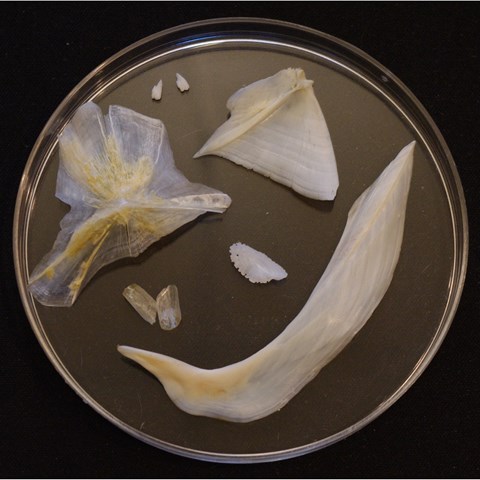The Department of Aquatic Resources analyzes the age of more than 50.000 individuals yearly, from more than 20 species from rivers and lakes, marine and coastal areas. Age reading is done by counting annual rings (growth rings) in tissues like otoliths (ear stones), scales and operculum bones.
Why and how do we analyse the age of fish?
Knowing the age of fish help explaining the population dynamics and the size distributionof a species, and how fish react on environmental and climate changes. The age of fish also gives us important information on recruitment, size and growth of fish, survival and how fishery affects fish stocks.
Otoliths are used to determine the age of most species. The otoliths are prepared and analysed in various ways, depending on species. For example, otoliths from cod, trout and char are analysed untreated (whole), from perch and whitefish the otoliths are burnt and cracked, from herring, roach and eel the otoliths are mounted in plastic to be sliced before analysis. Growth can be measured using additional tissues, e.g. by using scales for roach and herring, and operculum bones for perch.
Age reading is done using a microscope, stereo microscope or a microfiche.
Working with age analysis, includes quality assurance, continual evaluation, method development and documentation.
The analysis of the ageing of fish is done within research programmes, and environmental monitoring. The department’s fish age laboratories carry out assignments on behalf of EU, the County Administrative Boards, municipalities and fishing associations.
